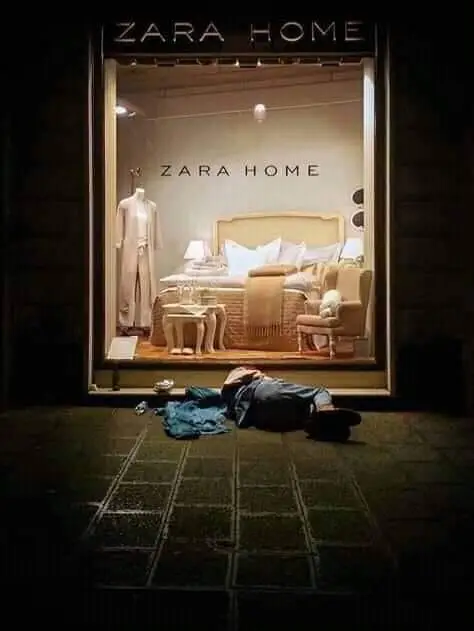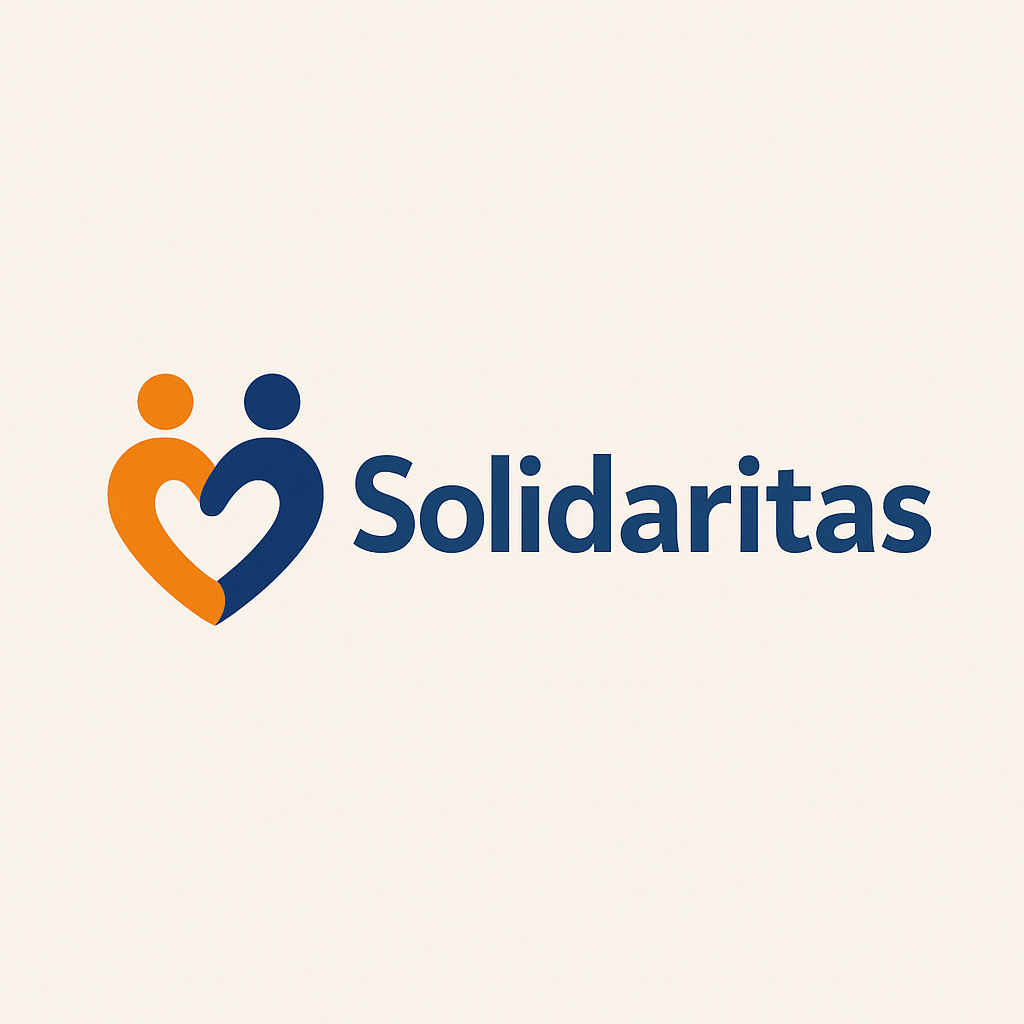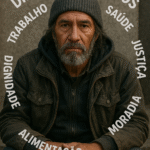Brazil has 221,113 homeless people registered in the Single Registry - approximately one per thousand inhabitants - distributed over 2,354 municipalities (42 % of the total), in which at least one person in this condition was counted, according to a federal diagnosis closed in July 2023 and published in the National Visible Streets Plan.
The unflattering picture shows a group of 88 % men, 57 % aged between 30 and 49 and 68 % black (black + brown); another 68 % have already had a job, and family conflicts (44 %) and unemployment (38 %) emerge as the main triggers for life on the streets.
However, the diagnosis may be underestimated. This is because it was produced by cross-referencing data from the Single Registry (CadÚnico), Monthly Record of Attendance (RMA), SUAS Census, SINAN, CNES e SISAB. These figures must be out of date because they only include people who depend on a previous link with public services or entry into the SUS. Those who didn't seek out these channels are excluded from the count. Furthermore, the Single Registry only works as proxyThis is because the country has never carried out a specific census of the homeless population.
X-ray shows concentration in the south-east and a mostly black, male and working-age profile
Population size - In July 2023 there were 221,113 registered homeless people, equivalent to 0.11 % of the Brazilian population (approximately 1 in 1,000), spread across 2,354 municipalities. The historical series shows a continuous rise, but the report only shows the most recent peak value.
Territorial distribution - Almost half of Brazil's municipalities are home to at least one homeless person; the Southeast concentrates 62 % of the total (138,072 records), followed by the Northeast and South.
Ten record-breaking municipalities - São Paulo leads the ranking with 54,812 registrations (25 % of the national total), followed by Rio de Janeiro (14,004 - 6.3%) and Belo Horizonte (11,796 - 5.3%). The top ten municipalities account for 51.5 % of all homeless people in the country.
The National Visible Streets Plan projects annual revisions until 2026, but warns: the coverage of Street Outreach Teams (eCR), Pop Centres and databases is still insufficient and the 2022 Demographic Census should calibrate the estimates. Only 42 % of the municipalities register the street population, revealing persistent under-coverage.
Ranking by Federative Unit - São Paulo also leads among the states (91,434; 0.21% of its population). The Federal District has the highest relative prevalence: 0.26% (three homeless people for every thousand inhabitants). Six states already have more than ten thousand records: SP, MG, RJ, PR, BA and RS.
Demographic profile - The national cut-off is 88% men; 57% are aged between 30 and 49.
Race and ethnicity - Black people account for 68 % of registrations (50 % brown, 18 % black); in BA and AM this rate reaches 93 %. Indigenous people account for 0.2 % in the country, with a peak of 0.5 % in the North.
Migration - Five per cent (10,069) were born outside Brazil; of the immigrants, 43 % are Venezuelans, 23 % Angolans and 11 % Afghans, mainly concentrated in Roraima, where foreigners account for 94 % of the homeless.
Disabilities and disorders - Fourteen per cent declared some kind of disability: 47 % physical, 18 % mental disorders and 16 % visual.
Education - Ten per cent are illiterate; 6 % have never been to school and only 2 % were studying at the time of registration.
Labour - Only 14 % had worked in the previous week, 97 % of them on their own; "scavenger" is the most frequently mentioned activity (17 %). Even so, 68 % had already signed a labour contract.
Entrance to the street - Family conflicts lead the way (44 %), followed by unemployment (38 %), alcohol/drugs (28 %) and homelessness (23 %).
Where they sleep and bonds - Fifty-five per cent spend the night on the streets (70 % in the North); 41 % of the records from the Southeast indicate overnight stays in hostels. Nine out of ten do not live with their families and 61 % have little or no contact with relatives.
Social assistance network - In the six months prior to registration, 52 % went through Pop Centres, 24 % through CREAS and 19 % through CRAS; 12 % did not receive any social assistance. In 2022, there were 190 Pop Centres in the country (115 in the Southeast alone), providing a total of 440,000 services.
Access to healthcare - The Street Clinic teams grew by 82 % (from 142 to 259 between 2015-22, reaching 281 in 2023) and registered 3.7 million cumulative visits; however, only 145 of the 328 eligible municipalities had an active team in 2022, and Roraima still had none.
Violence - Between 2015-22 there were 48,608 notifications of street-related violence (17 per day). Women accounted for 40 % of the victims despite being only 13 % of the homeless population; 88 % of the episodes involved physical aggression and 39 % had unknown perpetrators.
Socio-economic inclusion - The federal measures announced in National Visible Streets Plan prioritise My House My Life, PRONATEC Pop Street with exclusive classes, promotion of the solidarity economy and human rights courses for civil servants who serve this population.







